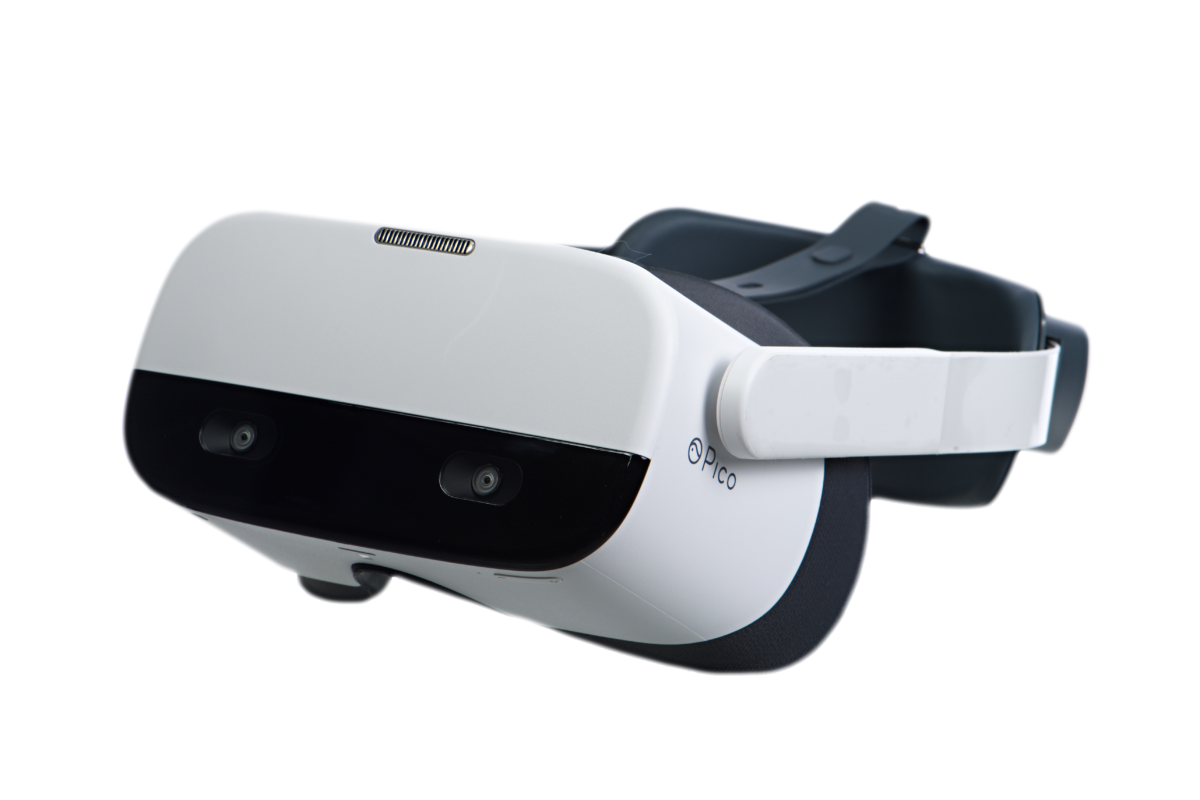Part 1:
In 2016, millennials made up 35% of American workers, making them the single biggest generation in the U.S. workforce. This generation grew up with smartphones, tablets and gaming consoles. Dr. Christy Price, founding director of the Center for Academic Excellence at Dalton State College, conducted a study of millennials (PDF) to better understand how they learn. There were a number of telling points that companies should take note of.
First and foremost—and not surprisingly—millennials are technically savvy. When polled, one of the biggest frustrations many millennials had was with instructors who struggled to effectively use technology. A second trait was their desire for current, relevant information. Information that’s old or dated quickly loses the interest and respect of millennials.
While these issues may specifically pertain to training millennials, to some extent they apply to other demographics as well. Generation X, especially late Gen-Xers, similarly grew up in a very technologically progressive environment, sharing—at least to some extent—the traits of millennials. This makes it imperative for companies to assess their training methodologies and keep current with the best methods to train their workforce.
The Value of an Efficient Training Program
One of the biggest questions when considering an efficient training program is why it even matters. After all, companies have been using seminars, slideshows, manuals, lectures and the like for years, or even decades. What formal training doesn’t cover, on-the-job training can pick up. So why the concern over how efficient a training model is?
Study after study has shown that employees who are properly trained have a higher sense of satisfaction with their job which, in turn, equals less turnover. Replacing employees is far more expensive than training them to be effective. For example, it’s estimated it costs an average of six to nine months of an employee’s salary to replace them.
Similarly, well-trained employees are able to do their jobs faster, more efficiently and with fewer mistakes, all of which saves your company money. This is compounded in industries where mistakes can have costly and disastrous consequences. The medical industry is just one example where even a small mistake can lead to a patient’s death. Construction, emergency services and law enforcement are a few of the many industries where training can make the difference between life and death, not to mention expensive insurance and workers compensation claims.
Employees who are not properly trained take more time, use more supplies and make more mistakes than their better-trained counterparts. As a result, companies large and small should view quality, efficient training as a vital part of their business.
Evaluating Your Current Training Methods
In order to know how to improve your current employee training regimen, you first have to know how to evaluate the current program. What do you look for? How do you determine whether something is effective or not?
One of the biggest steps in evaluating a program is to measure employee engagement and satisfaction. This is especially important for recent generations of workers, including millennials. Millennials expect training programs to be engaging, to capture their attention and to be relevant. If your employees aren’t engaging with your program, it’s not effective. The same is true for their satisfaction. Since job satisfaction is so often tied with how well-trained employees are or are not, if your employees consistently report low satisfaction with their job, there’s a good chance they’re not adequately trained.
A second, more obvious, way to evaluate your current training methods is to test and see how much employees retain post-training. Are they able to use the lessons learned? Are they putting them into practice? Does their skill and efficiency reflect improvement commensurate with the training they received?
A third way to determine if a training program is effective is to look at the return on investment (ROI). In other words, does their increased productivity exceed the cost of training them?
Virtual Reality: The Solution
Once the realm of science fiction, virtual reality (VR) is taking the world by storm. While many people think of it in the context of video games, VR has established itself as one of the best ways to improve a company’s employee training program.
First and foremost, VR engages audiences like no traditional method of training can. With an immersive environment, VR checks off all of the important elements necessary to properly engage millennial audiences, including the use of technology in a relevant, current manner.
Second, VR allows employees to test out new ideas, see what works and what doesn’t, as well as understand firsthand the best way to implement those ideas.
VR also provides companies an effective way of keeping their training current. As circumstances and markets evolve, VR programs can be adapted to match, keeping employees current with the skills necessary to remain competitive.
Best of all, VR bridges that critical gap between head knowledge and practical experience—before that experience must be put to the test in make-or-break, life-and-death situations.
Virtual Reality: The Next Step
Knowing how effective VR can be and implementing it are two very different things. In order to effectively integrate VR with your company’s training programs, it’s important to roll it out in a way that minimizes disruption, while giving you the opportunity to maximize your investment as quickly as possible.
In Part Two of this four-part series, we’ll look at how you can introduce VR into your instructional design.

PIXO Has Improved VR Management to One Easy Step

